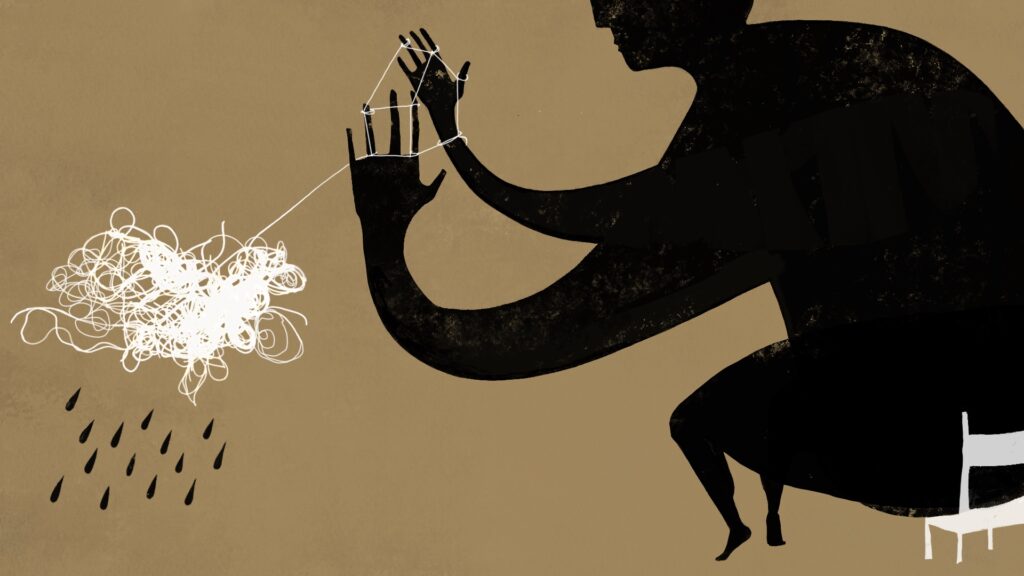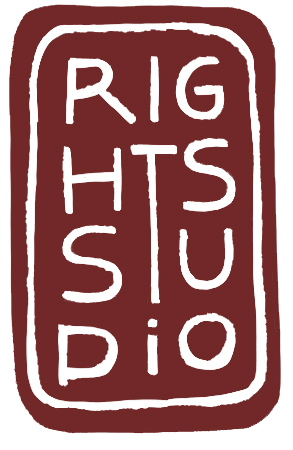
“Finally, at twelve-and-a-half, I went under the house and tried to speak poetry. I found out I did, indeed, have a voice. It was so important to me that it gave me a sense, always, of what it was to be an artist. As a young person, I knew then that to be an artist meant taking responsibility for the time one takes up and the space one occupies. That is being an artist. And that doesn’t mean one has to write down poetry or compose the piece of music or paint the important painting which lifts the soul of the human being or dance that dance or design that building. It means really being an artist in the heart.”
— Maya Angelou
In our previous post, we talked about the role of the artist in society, in particular in times of turbulence. In this post, we delve a little deeper into one of the roles identified: how the artist can help us uncover emotions. There are times when we might look around us and only see the absurdity of the world; then art takes the scene. Art can help us give shape to complex emotions. And that’s when the artist acts as a translator.
Many of us may not be able to recognise complex emotions let alone have the outlet to express them. We probably all had that ability as children, but lost it along the way as society prioritised rational thinking, and associated ‘emotional’ with weakness (and with being feminine).
But this has had a devastating effect on our world: it disconnected us from our own feelings and from our bodies. It also disconnected us from other people, and crucially, it disconnected us from the planet we all share and inhabit. Everything and everyone became compartmentalised, categorised and needed to be controlled, or at least, managed.
Yet, there is hope. New language is emerging around leadership that specifically refers to the need for managers to develop what some call ‘soft skills,’ otherwise known as emotional intelligence. Leaders today need to develop self-awareness, empathy, be able to express their emotions and understand those of others. This is a beginning of a recognition that this has been lost, but it doesn’t mean it’s an easy thing to do.
So how can art help us? Ursula Le Guin, said that one of the functions of art was “to give people the words to know their own experience.” Speaking about storytelling as an art form, she said it was “a tool for knowing who we are and what we want.”
Ocean Vuong said that art, and poetry specifically, was for him like a fire escape. John Lennon said that any “artist or poets’ role is to try and express what we all feel, not to tell people how to feel.”
Artists can use other formulas to uncover or arouse emotions, and in the process, point to what might be disconnected in us. They can show us the importance of other forms of knowledge, of ways of seeing and being, and of sensing the world. Art reminds us that everything is connected.
Graphic Designer, Milton Glazer said that art was a means of survival because it connects people. If there is something two people appreciate, let’s say Mozart, as Glazer suggested, then it means they have something in common and are therefore less likely to kill each other.
“My own theory,” Glazer said, “is that countries without art are more murderous and more contemptuous of other cultures.” Art, he said, “makes it possible to understand that others are human too.”
The impact of these connections goes beyond persuasion. Glazer explained: “The purpose of art, when it is art, is transformation. Your brain is no longer the same. If that doesn’t occur, it ain’t art!”
Art is another kind of language, it can act as a bridge, as a mediator. It can help us make the difficult ethical decisions we all face in our lives, and through that, make us better humans.
We can also look upon the works that artists put out into the world as gifts. Pablo Neruda recounted a childhood experience where a boy next door, whom he never met, left him a small toy through a tiny hole in the wall between their gardens. This little gift and the symbolism it carried was to influence his own artwork throughout his life as it made him realise that all of humanity was connected.
Recounting this story in his very short essay ‘Childhood and Poetry’ he wrote: “to feel the affection that comes from those whom we do not know, from those unknown to us, who are watching over our sleep and solitude, over our dangers and our weaknesses — that is something still greater and more beautiful because it widens out the boundaries of our being, and unites all living things.”
Words, Veronica Yates and illustration, Miriam Sugranyes
For references and further resources, visit our inspiration page.
Meet the Artists
Maya Angelou (1928 – 2014) was an acclaimed American poet, storyteller, activist, and autobiographer. She had a broad career as a singer, dancer, actress, composer, and Hollywood’s first female black director, but became most famous as a writer, editor, essayist, playwright, and poet. As a civil rights activist, Angelou worked for Dr. Martin Luther King Jr. and Malcolm X. More here.
Ursula Le Guin (1929-2018) was a celebrated author whose body of work includes 23 novels, 12 volumes of short stories, 11 volumes of poetry, 13 children’s books, five essay collections, and four works of translation. She was best known for her works of speculative fiction, including science fiction works set in her Hainish universe, and the Earthsea fantasy series. More here.
Ocean Vuong (born in 1988) is a Vietnamese American poet, essayist, and novelist. Vuong is a recipient of the 2014 Ruth Lilly/Sargent Rosenberg fellowship from the Poetry Foundation, a 2016 Whiting Award, and the 2017 T.S. Eliot Prize for his poetry. His debut novel, On Earth We’re Briefly Gorgeous, was published in 2019, and is an absolute must read! More here.
John Lennon (1940 – 1980) was an English singer, songwriter, musician and peace activist who achieved worldwide fame as founder, co-songwriter, co-lead vocalist and rhythm guitarist of the Beatles. Lennon’s work was characterised by the rebellious nature and acerbic wit of his music, writing and drawings, on film, and in interviews. More here.
Milton Glazer (1929 – 2020) was an American graphic designer. His most notable designs include the I Love New York logo and a 1966 poster for Bob Dylan. He co-founded Push Pin Studios and co-founded New York magazine. In 1969, he produced and designed “Short Subject”, commonly known as “Mickey Mouse in Vietnam”, a short 16mm anti war film directed by Whitney Lee Savage. His artwork has been featured in exhibits, and placed in permanent collections in many museums worldwide. More here.
[Sources: Wikipedia, the Poetry Foundation and artists’ own websites]
